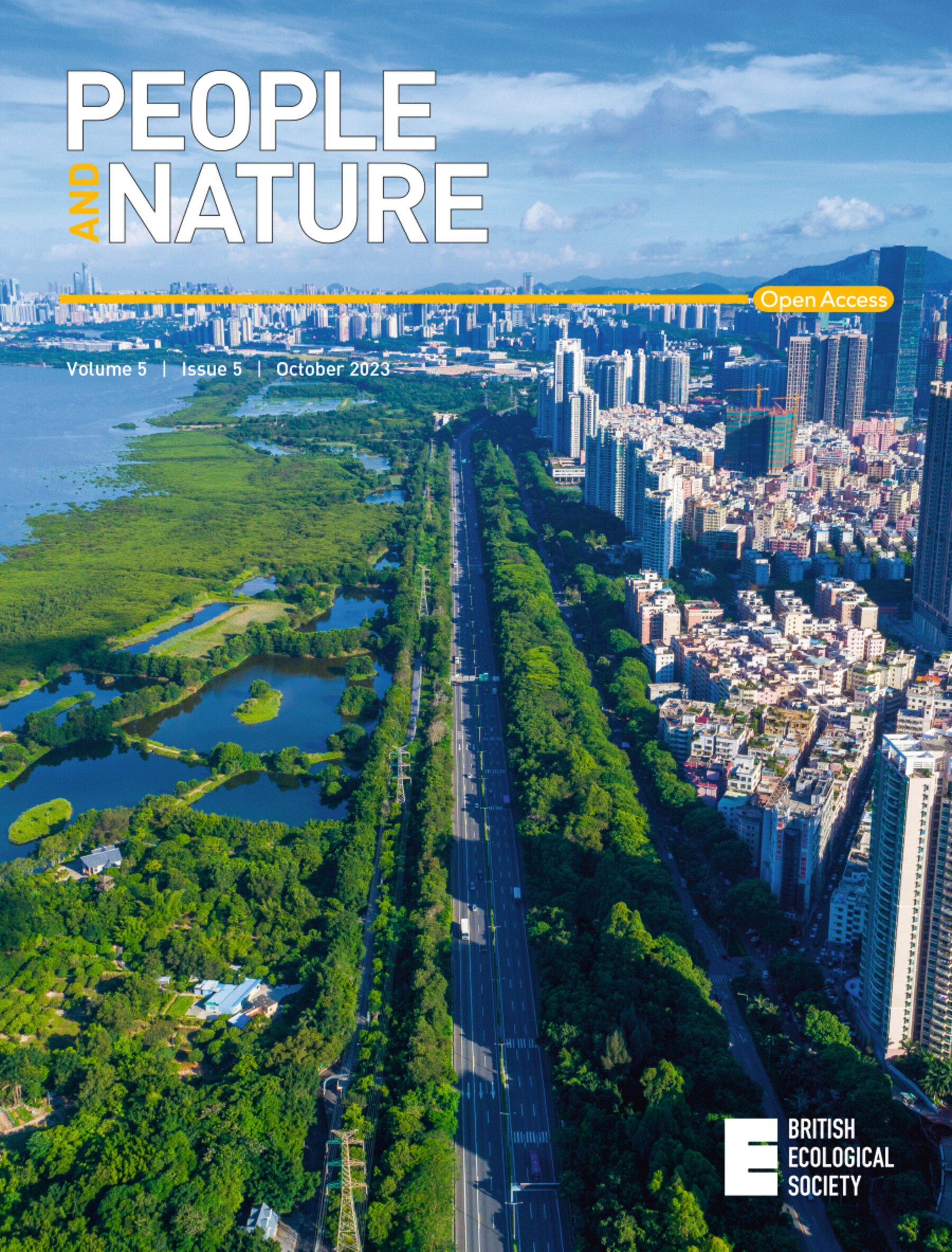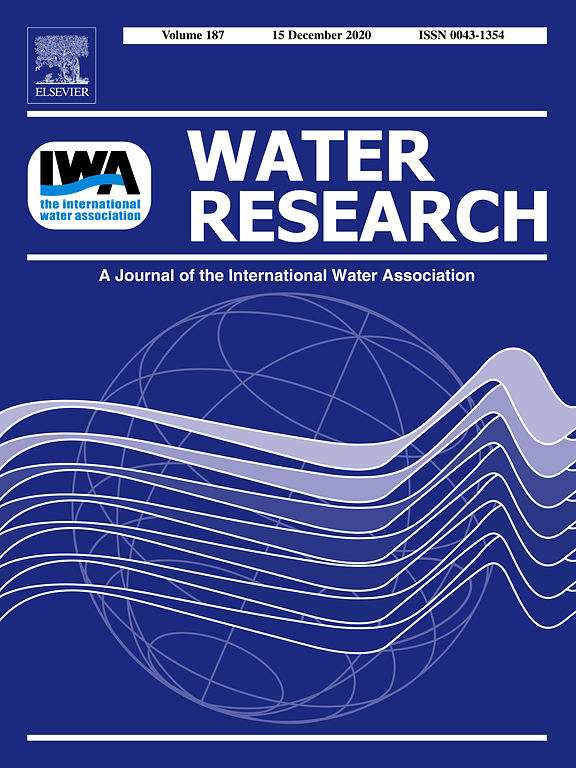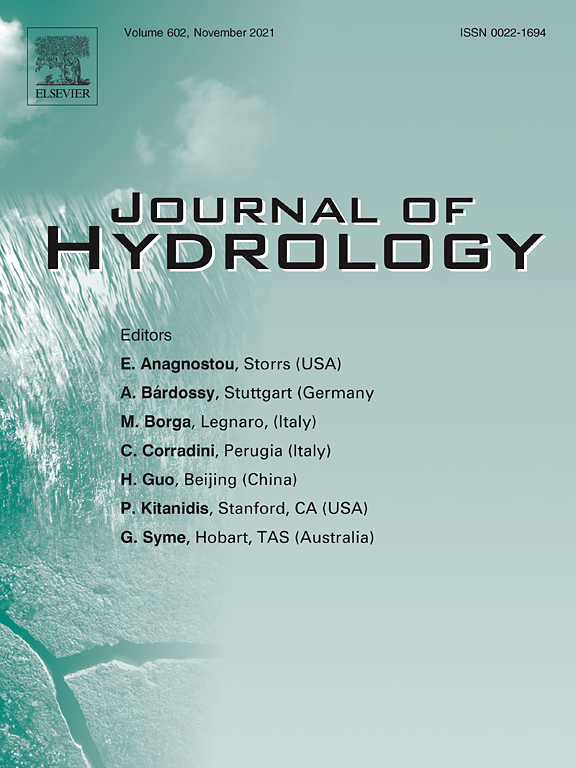
Are riverine lowland lakes a distinct European lake type according to the EU WFD?
A candidate sex determination locus in amphibians which evolved by structural variation between X- and Y-chromosomes
The authors have identified a gene locus responsible for sex determination in the European green toad. This reveals only the second known genetic mechanism for sex differentiation in amphibians.

Correlation of methane production with physiological traits in Trichodesmium IMS 101 grown with methylphosphonate at different temperatures

Complete genome sequencing of Hortaea werneckii M-3 for identifying polyester polyurethane degrading enzymes
Human activities shape global patterns of decomposition rates in rivers

Inland navigation and land use interact to impact European freshwater biodiversity
Using a comprehensive set of long-term data, the authors show that shipping has contributed to a significant loss of biodiversity of fish and macroinvertebrates in European rivers in recent decades – and that the animal communities are becoming increasingly homogeneous and river-typical species are being lost. Invasive species, on the other hand, are significantly increasing.
Flow Rate and Kinetics of Trace Organic Contaminants Removal in Black Carbon-Amended Engineered Media Filters for Improved Stormwater Runoff Treatment
Urban stormwater runoff is an untapped source of freshwater for many water-scarce regions, but improved stormwater treatment is needed for safe use and to protect human and aquatic health. This work provides insights into the kinetic limitations of contaminant removal within biochar and regenerated activated carbon filters and discusses implications for stormwater filter design and operation.

The potential of citizen science to transform science: Lessons for a sustainable future
The authors analysed 8 citizen science projects within Accelerator Programme of the EU H2020 funded ACTION project that deal with environmental pollution. Citizen science involves the public in the scientific process, making research more relevant and responsive. Our findings show that this can lead to a more sustainable future, where science and society work together to solve pressing problems.
Long-term drought effects on landscape water storage and recovery under contrasting landuses
Process-based, tracer-aided ecohydrological modelling and ML were combined to estimate the effects of long-term drought on water fluxes/storage in the Spree catchment. The recent major droughts resulted in declines in groundwater recharge (>40 %), evapotranspiration (up to 16 %) and soil moisture (up to 6 %). Groundwater levels may not recover in 15 years if precipitation anomalies persist.






